Wading Boots guide recommended
So, I’ve really struggled with recommending wading boots. My desire is to point you at the single best pair of wading boots to fulfill your fly fishing needs. What I’ve realized is that staying comfortable in all the conditions associated with fly fishing requires at least two different wading boots.
The idea is exactly the same as the boots you have around the house.? You might have a comfortable flexibly pair of hiking boots and also an insulated roomy pair of winter boots.
So, here’s two pair of boots that I recommend and an additional recommendation for those freezing cold conditions you might find fishing form steelhead in February
My Recommendation if You Fly Fish 25 Times a Year
If you’re not hiking miles and want some wading boots that will last years. Hands down I recommend the SIMMS HEADWATER WADING BOOT ( Link to Cabelas). These wading boots are a deal priced under $200, yet sporting the most important features of more costly boots. The Uppers are constructed with the same materials as SIMMS premium G3 boots.
Why do I recommend the Headwaters?
Comfort, Flexible and Yet Durable
The Headwaters have a supportive foot platform made from an EVA mid-sole which provides a comfort and shock absorption. A partial neoprene lining provides cushiony support to ankles, which help when stepping on bowling ball sized rocks that seem to twist ankle.
Felt Soles with a Plate Perfect for Studs
I am an advocate for stopping the spread of invasive species, but first and foremost I want to be safe wading. Felt just sticks better to slippery rocks and logs. And if you need to enhance traction a little more SIMM’s carries a line of carbine and aluminum cleats that when new add even more confidence to wading.
Read about adding studs to your wading boots in this article. How to Add Studs to Wading Boots
Quick Draining and yet Almost Water Tight
I’m not sure how these boots do it, but not much water gets into them and when it does it drains out quickly. I think the positioning of the drain slot are what help this, but these boots don’t seem to take much water in and when it does the water flows out fast.
Warmth in the Winter
At the end of this article I’ll talk about what I wear in January and February to stay warm. When it does get colder a feature I like is that Headwaters have a large toe box. Having room to wiggle your toes is critical to having your feet stay warm. Instead of buying boots to large you can get a correctly sized boot, and yet have room to use my little tip detailed in this ARTICLE on keeping your feet warm.
These boots are what I wear if I’m not hiking a lot and the temperature stays above 15 degrees Fahrenheit.
Weight and the Long Hikes
So, one negative is that the Headwaters aren’t very light. Features that make them comfortable also make these boots a little heavier. Now this isn’t a negative if you only wade a mile or so or fish from a boat and hop from spot to spot. The Headwaters weight 3.5 pounds for a pair.
A Wading Boot for Hiking and All Day Comfort
This might surprise most, I recommend an inexpensive pair of wading boots from Cabela’s. The boot is called Cabela’s Men’s Ultralight Wading Boots Felt (Link to Cabelas for reviews and price) You might ask why these?
Comfort, these boots are comfy. The soles are flexible which makes for comfortable hiking. The sole also has a separate heel which helps flex and grip. The uppers are a lightweight flexible synthetic material which works well hiking and canoeing. I can comfortably wear these all day, in fact hiking in the Smoky Mountains I logged 15 miles in a single day with these boots.
They’re called Ultralight Wading Boots
One of the reasons I can wear these wading boots so long is that they are light weight. Rolling in at 2 pounds for a pair these boots are a pound lighter per boot than many competitors. Light boots, help reduce fatigue, which in turn keeps your legs strong to fight the current.
So why do I recommend felt, Trout love faster water with rocks, boulders and woody debris. Having good traction is a must and I’ve found nothing sticks better than felt. In rivers that are choked with logs you can quickly screw in some studs for some added bite. Here’s a link to some wading boot screw instructions.
I will caution you that you should read this article on states that have BANNED felt wading boots. Plus thoroughly DRY and CLEAN your boots after every trip. This helps stop the spread of invasive species.
What else about the Cabelas Ultralight Wading Boots?
As far as durability, I usually get 2 seasons out of my boots. This doesn’t matter whether they are an expensive name brand or something a little less costly. In two seasons (about 70-100 trips) I’ll hike over 100 miles and expose the boots to a variety of conditions sand, rocks, trails and miles of dirt roads. I’ll even ride a bike with these boots on. (The biking thing is a long story)
At the end of two season the upper will be cracked in the achilles tendon area and I’ll start to see some delamination of the felt. I’ve found these boots to be a little more comfortable if I don’t use the top laces, which makes them a little faster to tie as well.
The Cabelas Ultralight have great Drainage
A standout quality of the Ultralight is the drainage. Hopping in and out of a canoe all day it’s easy to fill the cane up with water draining out of my boots. With these boats I haven’t had this problem.
Don’t Expose these Boots to Freezing Weather
One downfall is that the adhesive and threads that hold the felt bottoms on will quickly fail if exposed to a freeze thaw cycle. This hasn’t bothered me, because the other wading boat I recommend is perfect for colder weather.
When it’s REALLY Cold Fly Fishing
So, you’ve planned a winter steelhead trip, in Michigan this can be a roll of the dice in terms of temperature. I’ll drive 3 hours one way for the solitude of a river in the winter. Nothing better than snowy banks and a silent river. The down fall is it might be really cold – meaning a chance of experiencing below zero Fahrenheit.
On these days NOTHING beats a pair of Neoprene Boot Foot Waders. I’ve found that the 3.5 mm work fine for keeping me warm. The key to staying warm in neoprene is correct sizing and the clothes layers you wear under the waders.
The Neoprene Waders I Recommend are the Frogg Toggs Amphib 3.5 mm (Amazon Link the prices are cheap!)
Read this article about keeping your feet warm – LINK
Get the LUG SOLE boots for this kind of cold. Snow and ice will collect on felt when the temps drop this low. Hike in the snow with felt and soon you’ll have snowballs hanging from your feet.
Article refer:
1.How to Choose Wading Boots
2.Care and Cleaning of Wading Boots for Fly Fishing
3.Wading Boots guide recommended


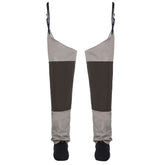
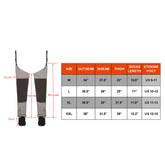
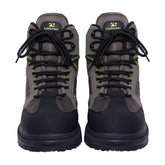
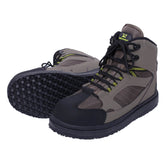
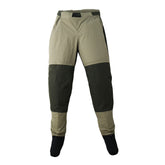

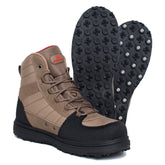

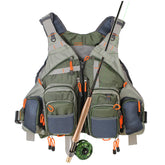
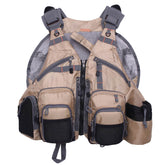
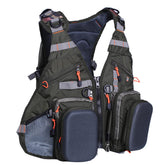
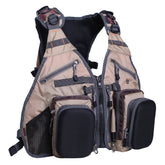

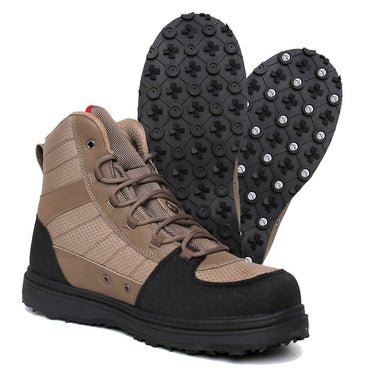
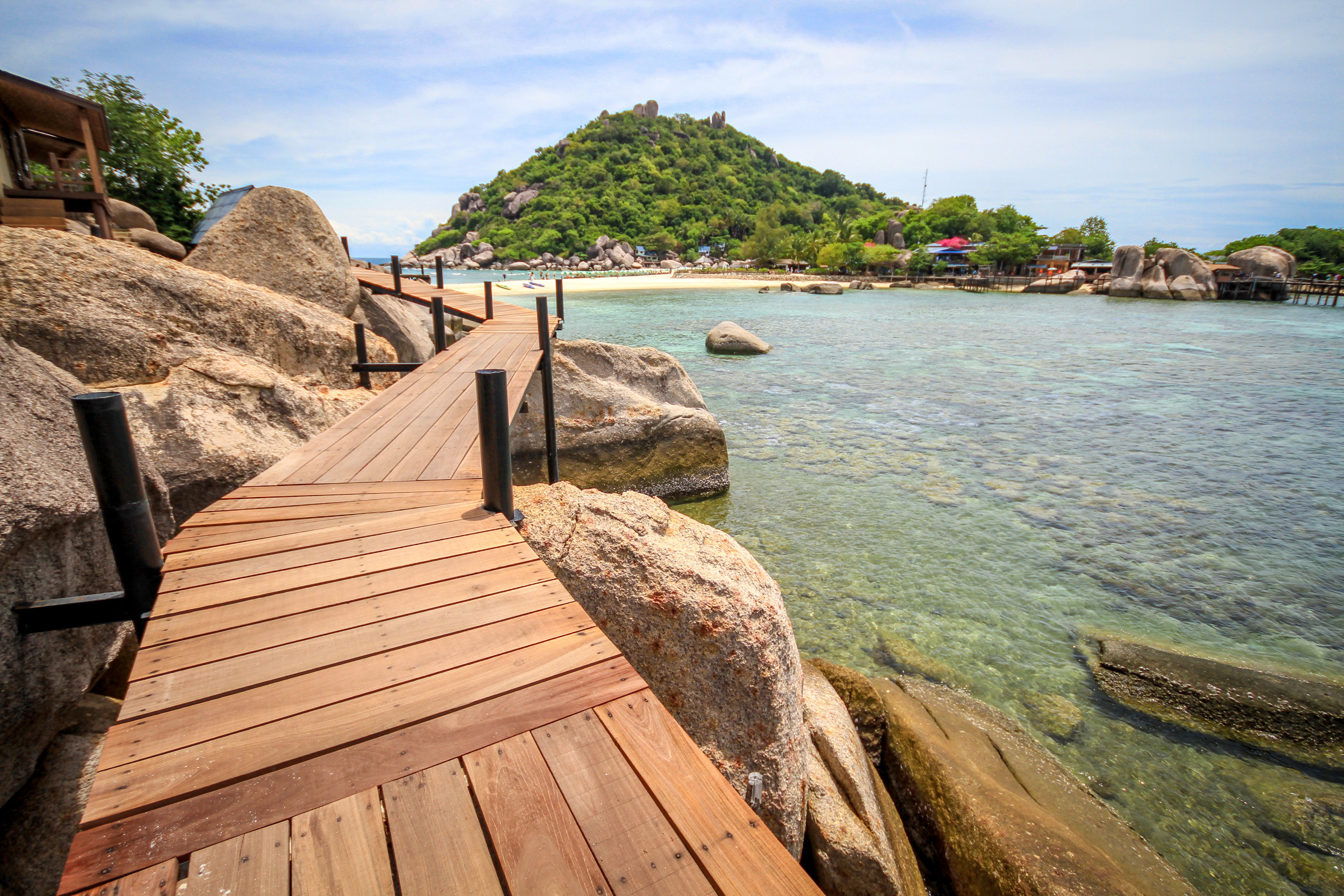
Leave a comment
Please note, comments need to be approved before they are published.